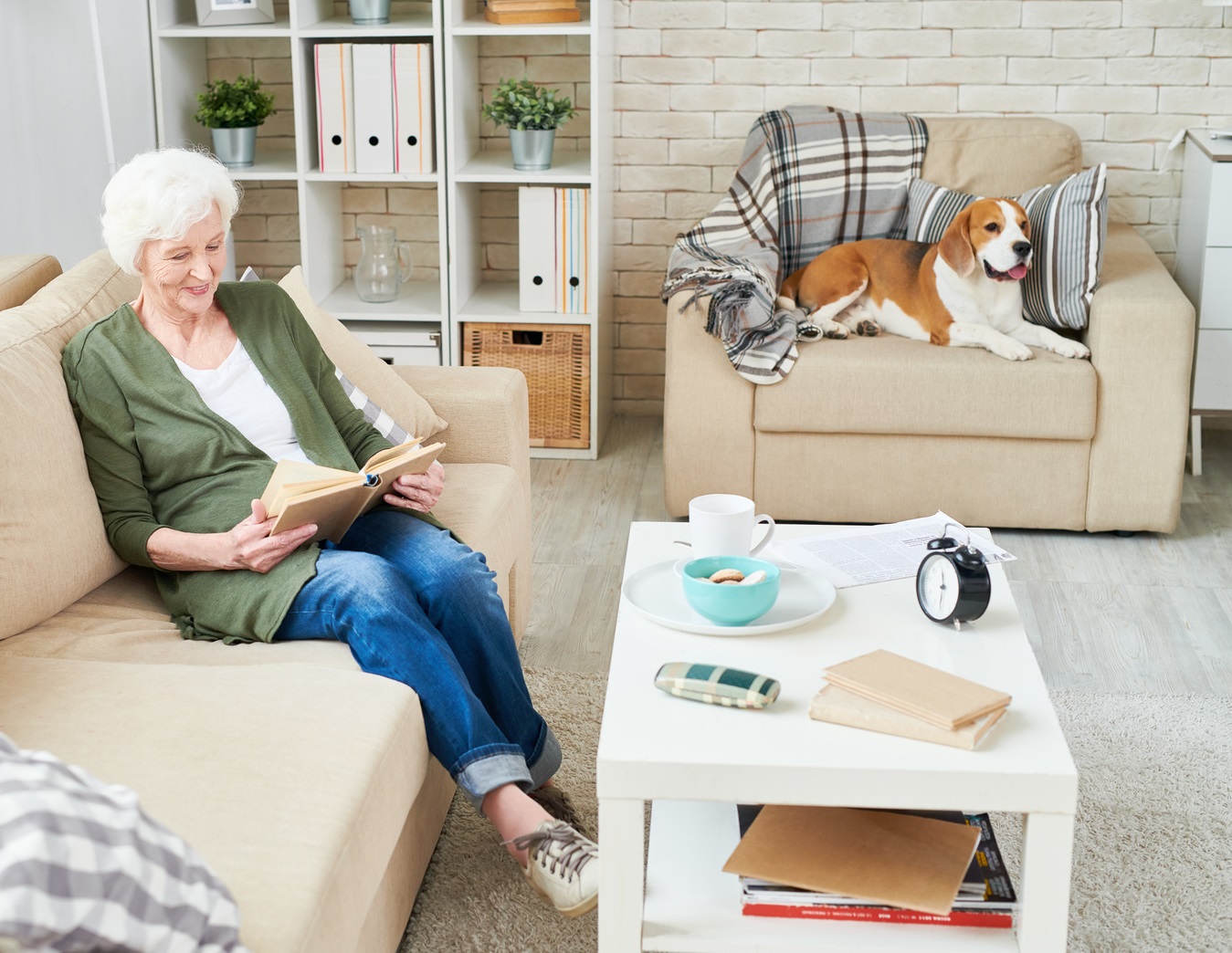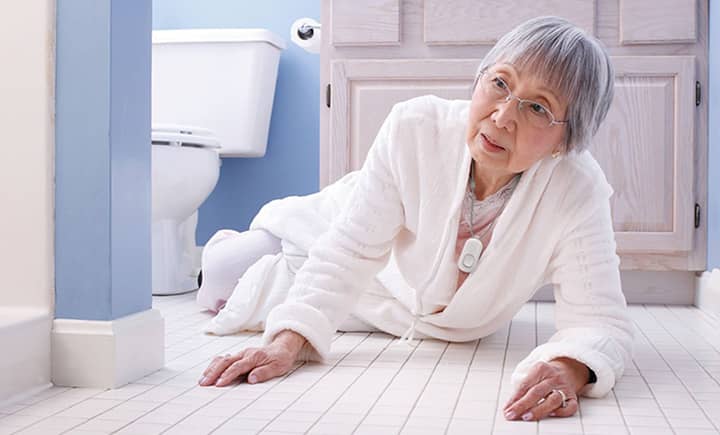In today’s world, where technology is rapidly evolving, fall detection with self-monitoring option is becoming an essential tool for ensuring the safety and independence of our loved ones, especially the elderly. This technology not only provides peace of mind but also empowers individuals to maintain their autonomy. Let’s delve into how this modern marvel works and why it’s becoming a must-have in many households.

Understanding Fall Detection Technology
Fall detection technology is designed to identify when a person has fallen and needs assistance. It typically uses a combination of sensors and algorithms to detect changes in movement and position. This technology is particularly beneficial for elderly individuals who are at a higher risk of falls due to age-related factors.
How Does It Work?
The system often includes wearable devices equipped with accelerometers and gyroscopes. These sensors measure movement and can differentiate between normal activities and falls. When a fall is detected, the system can send alerts to pre-set contacts or emergency services, ensuring timely assistance.
Benefits of Self-Monitoring
One of the standout features of this technology is its self-monitoring option. This allows individuals to track their own activity and health metrics, promoting self-awareness and proactive health management. It encourages users to stay active and monitor their own progress, fostering a sense of independence.
Empowering Independence
By enabling self-monitoring, individuals can feel more in control of their lives. They can set personal goals, track their activity levels, and receive reminders to stay active. This not only improves physical health but also boosts mental well-being.
Integrating Fall Detection with Other Technologies
Fall detection technology can be integrated with other smart home devices to create a comprehensive safety net. For instance, it can work in conjunction with smart lighting systems to illuminate pathways when movement is detected at night, reducing the risk of falls.
Smart Home Compatibility
Compatibility with smart home systems enhances the functionality of fall detection devices. For example, linking fall detection systems with security cameras can provide additional context in emergency situations, ensuring that help arrives promptly and with the necessary information.
Choosing the Right Device
With numerous options available, selecting the right fall detection device can be overwhelming. It’s important to consider factors such as ease of use, battery life, and the range of features offered. Additionally, the device should be comfortable to wear and unobtrusive.
Factors to Consider
- Ease of Use: The device should be user-friendly, with simple controls and an intuitive interface.
- Battery Life: A long battery life is crucial to ensure the device is operational at all times.
- Comfort: The device should be comfortable to wear, allowing for continuous use without irritation.
The Role of Family Caregivers
Family caregivers play a vital role in the implementation and monitoring of fall detection systems. They can assist in setting up the device, ensuring it is used correctly, and interpreting the data it provides. This collaboration enhances the effectiveness of the technology.
Supporting Independence
Caregivers can also support individuals in using self-monitoring features, helping them set realistic goals and stay motivated. This partnership fosters a supportive environment that encourages independence and self-care.
The Future of Fall Detection Technology
The future of fall detection technology is bright, with ongoing advancements aimed at improving accuracy and functionality. Innovations such as AI-driven algorithms and machine learning are set to enhance the capabilities of these systems, making them even more reliable and efficient.
AI and Machine Learning
AI and machine learning technologies can improve the accuracy of fall detection by analyzing patterns in movement data. This allows for more precise differentiation between falls and normal activities, reducing false alarms and increasing the system’s reliability.
Conclusion
Fall detection with self-monitoring options represents a significant leap forward in ensuring the safety and independence of individuals at risk of falls. By embracing this technology, we can provide our loved ones with the support they need to live confidently and independently. As technology continues to evolve, the potential for even greater innovations in fall detection is immense, promising a safer future for all.

FAQs
1. How reliable is fall detection technology?
Fall detection technology is highly reliable, especially when integrated with advanced sensors and algorithms. However, it’s important to choose a reputable device and ensure it is set up correctly for optimal performance.
2. Can fall detection devices be used outdoors?
Yes, many fall detection devices are designed for both indoor and outdoor use. It’s important to check the specifications of the device to ensure it meets your needs.
3. Is self-monitoring suitable for everyone?
Self-monitoring is beneficial for most individuals, as it promotes self-awareness and proactive health management. However, it’s important to tailor the approach to the individual’s abilities and preferences.
For more details on fall prevention, you can visit this informative external resource.
To explore more about smart technology in daily life, check out our article on IoT sensors.
This article contains affiliate links. We may earn a commission at no extra cost to you.






